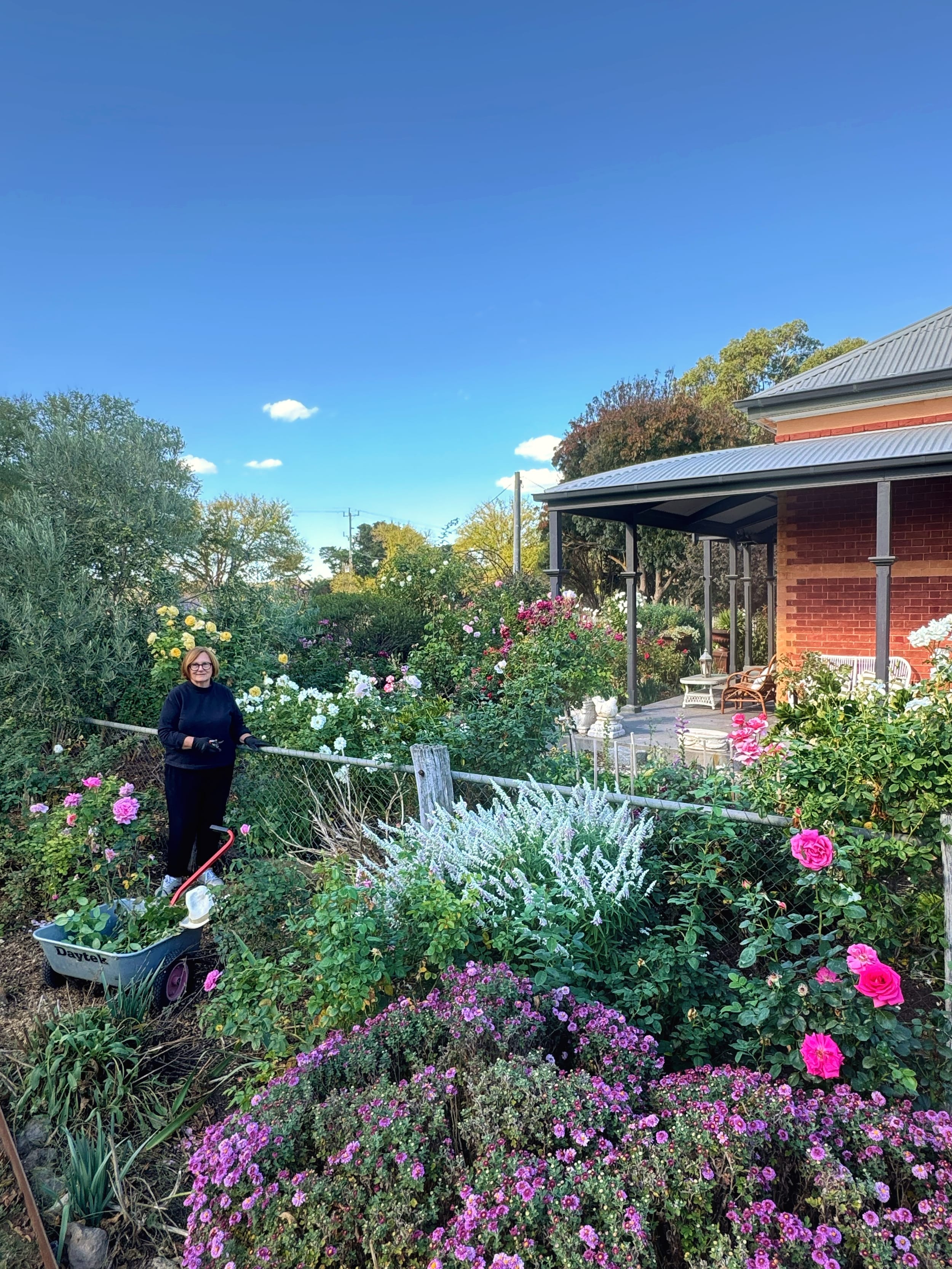
Gardening in a drought-prone place of temperature extremes is not for the faint-hearted, but Jeremy Valentine loves a challenge. Here’s the latest instalment of In the Weeds, his monthly newsletter for Galah.
When we first arrived here 11 years ago, I thought that gardening in a tough climate would mean that our quest for beauty would be elusive.
It’s not that I didn’t think it was beautiful to begin with – this place was beguiling, and Grant and I knew that from our very first encounter.
But in creating a “conventionally beautiful” garden, I knew we would have a big challenge on our hands, especially considering our previous gardening endeavours were in the gentle and somewhat artificial environs of the city.
Through losses and failures aplenty, of the wrong plants planted with all the best intentions, which either keeled over in the heat or survived only to succumb to the frosts that first winter, I learned a few valuable lessons:
The idea of beauty is a hugely subjective one. It’s a concept as personal and as unique as we are. But in gardening, it’s the common quest that unites us all. We are all striving, it seems, for a sense of beauty, whether it be growing our own food, collecting geraniums, or even tending terrariums.
Finding beauty through our own endeavours is as natural as finding good company, and as instinctive as seeking love. But, above all, I’ve learned it’s also about being flexible. It’s about finding a kind of beauty that works, and also understanding that it can be fleeting.
Our closest town is Newstead, population 820. It’s an historic town, small and pretty. Its main street is flanked by an avenue of old elms, behind which sits an itsy-bitsy collection of houses and businesses.
It has an immaculate, award-winning butchery with an interior seemingly unchanged since 1925. There’s a pub, an independent supermarket, a combined post office-chemist (with a drop-down counter for dispensing scripts and issuing stamps), a swimming pool, one cafe, and surely the world’s smallest croquet club.
The Men’s Shed next to the old knitting mill has a blue wooden aeroplane on its roof, painted with the words “receding airlines”. Beside that, a levee encircles the town protecting it from the unpredictable waters of the Loddon.
There are some great gardens, too.
Our good friend Lesley, who lives on the edge of town in a classic Victorian house, has created supreme beauty in her garden by recreating a slice of 19th century England. I have never seen another garden out our way where the most delicate and cherished cottage garden plants thrive. Lesley’s garden is almost collapsing under the roses, the exuberant lupins, the great towers of delphiniums and hollyhocks. Beneath it all, a menagerie of chickens runs riot. She has triumphantly created the kind of garden we never could, and it’s magnificent.
Just down the road, Chris was on the brink of throwing in the towel after only a couple of plant failures. But he has found his own version of beauty by discovering natives. In a flush of courage, and with a garden plan including new paths of crushed recycled bricks, he has found fresh determination in a garden now teeming with native birds and wildlife.
And there’s a house we pass that has a kind of Flintstones garden in-the-making, of great round river rocks arranged curiously into piles around newly planted clumps of Washingtonia robusta (fan palm) – a kind of beauty unlike anything else in Newstead.
Meanwhile, on the outskirts of town, where the Loddon winds its sinuous path among the poplars, a couple in a new-build, adrift in a paddock, have planted their first tree. From the road I can see it’s a sapling Persian silk tree. I can also see the beginnings of a path that has been scratched out of the parched ground.
And so, true to this unspoken instinctive code and perhaps without realising, their own particular quest for beauty begins.
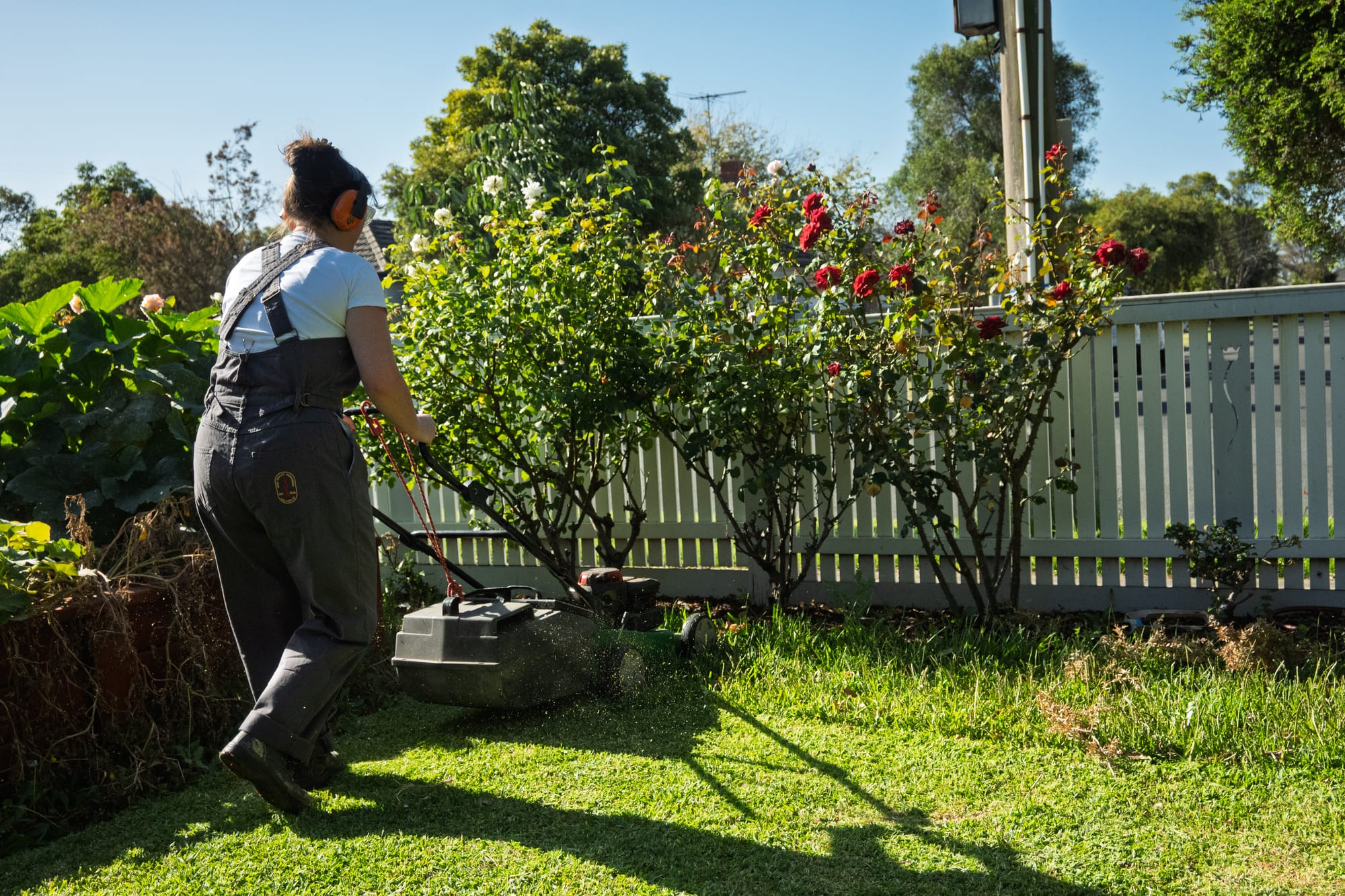
Workwear that gives a damn. Designed by women who’ve been in the weeds. SÜK gear fits, lasts and looks bloody good doing it. Built tough. Worn tough. Fit yourself out.
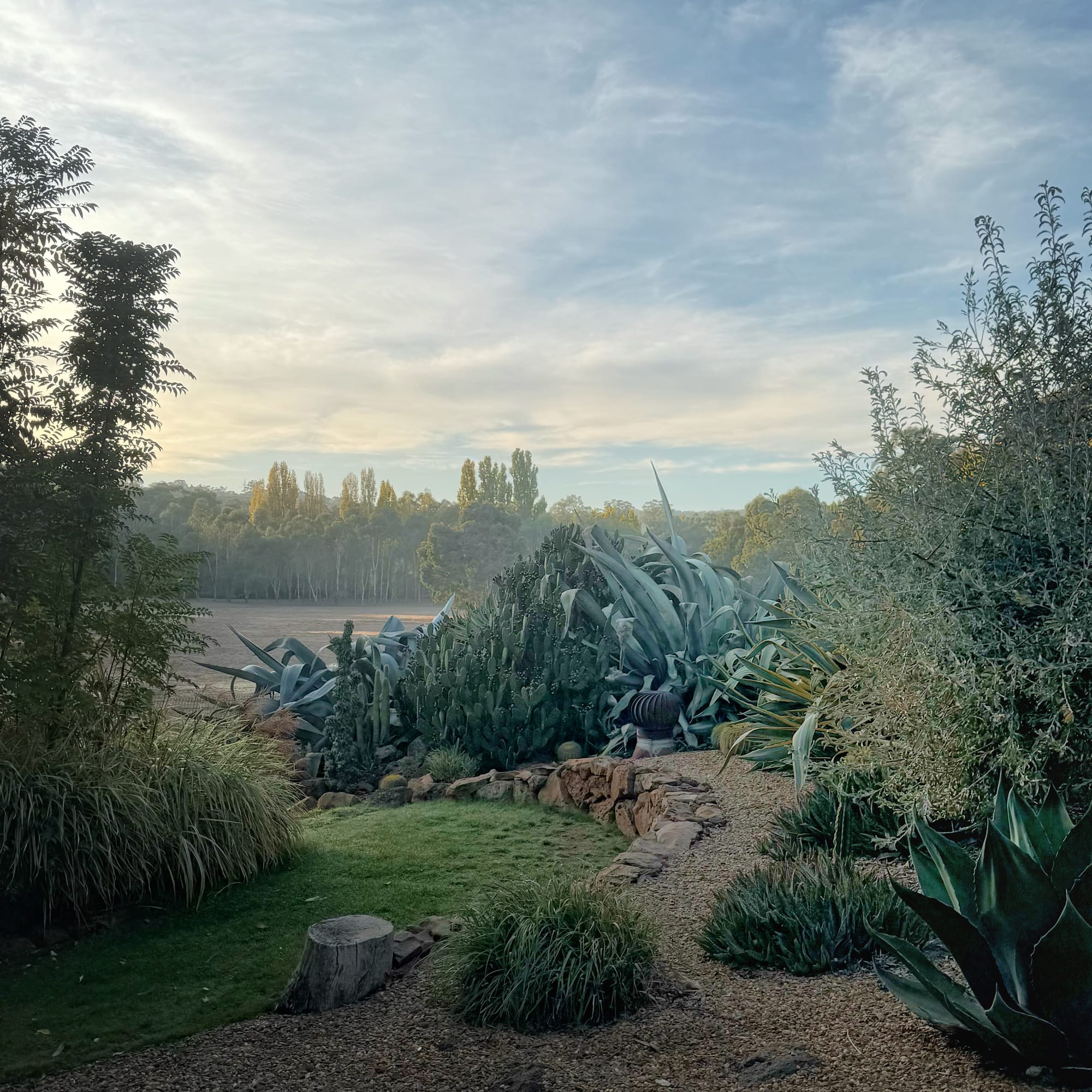
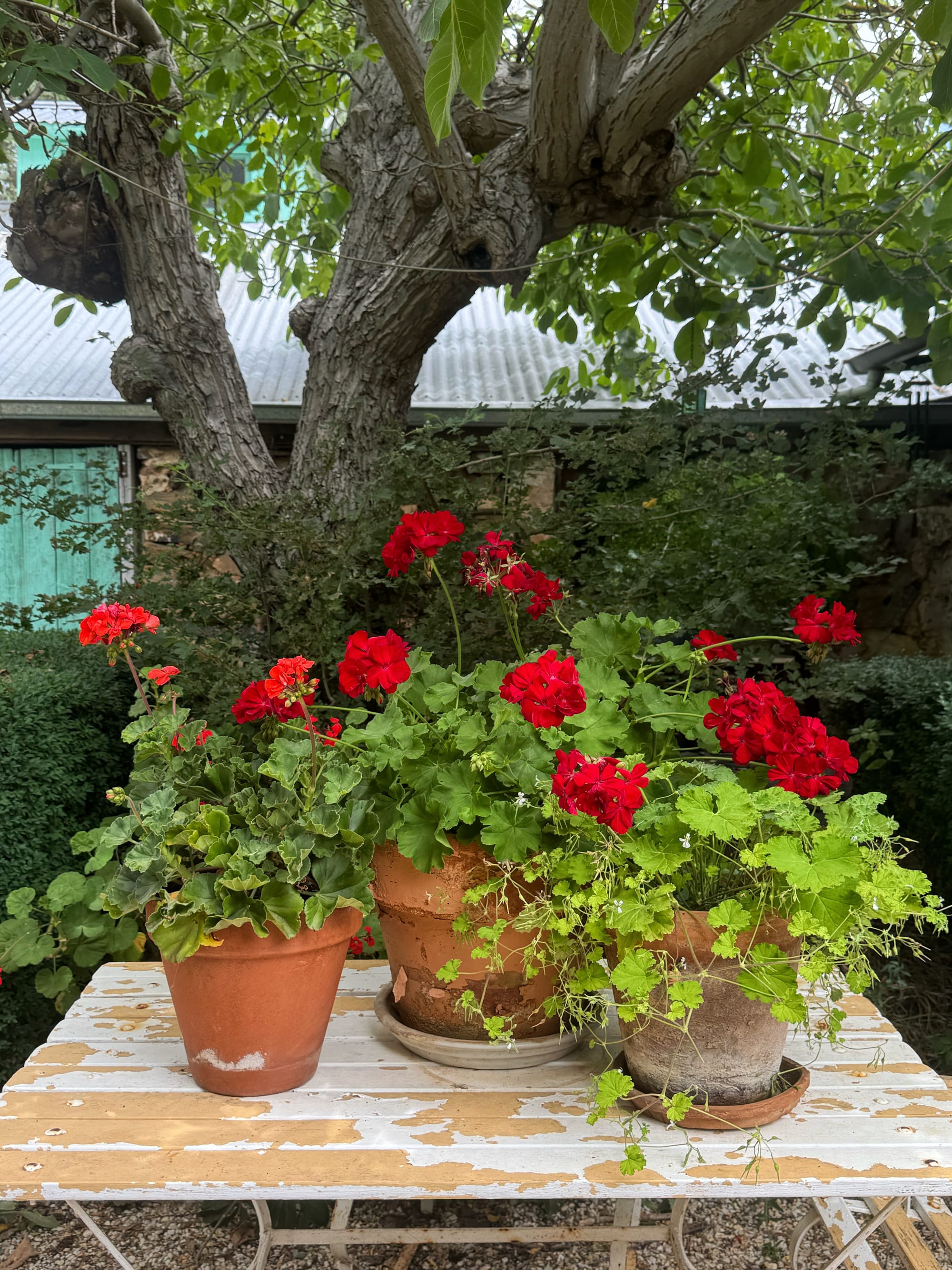
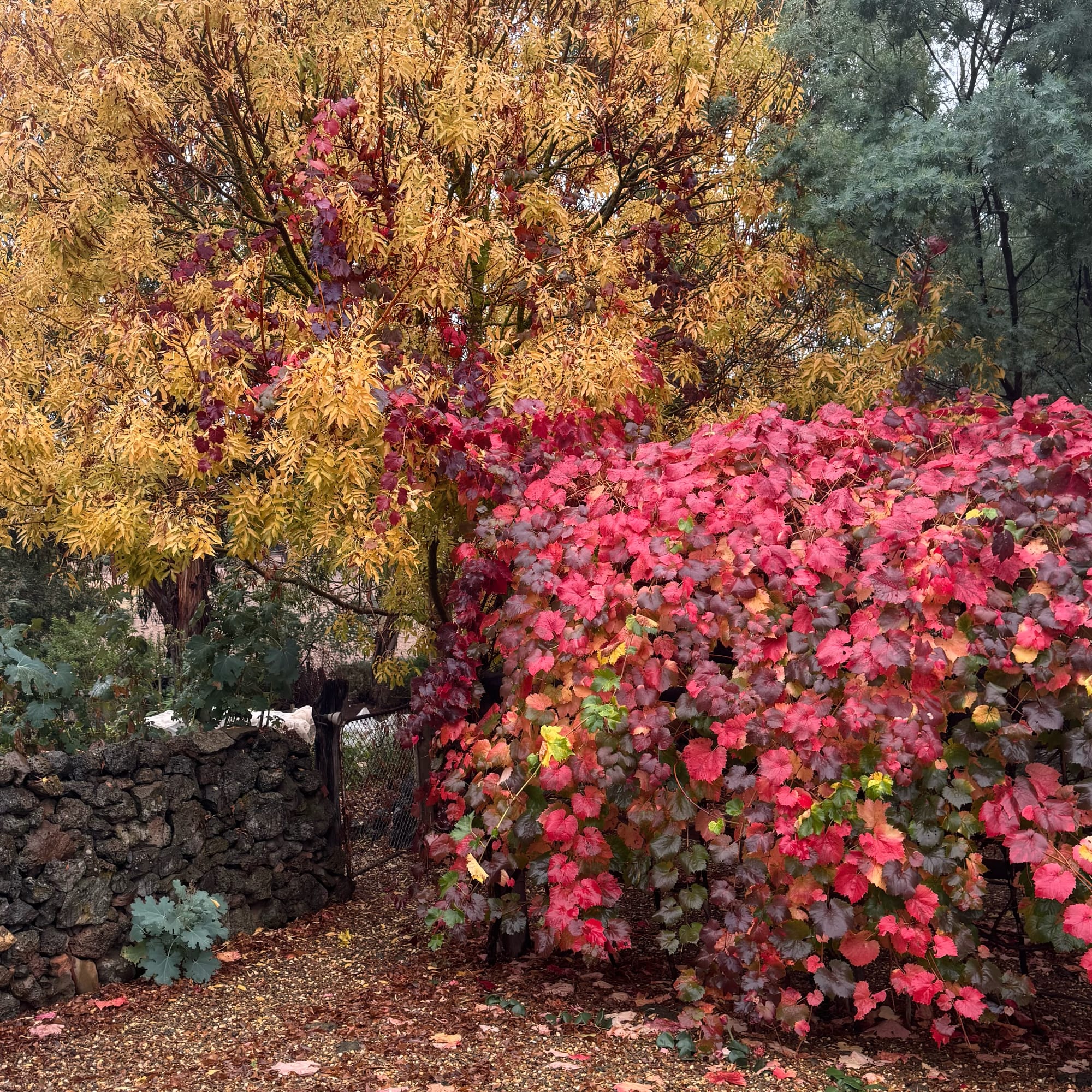
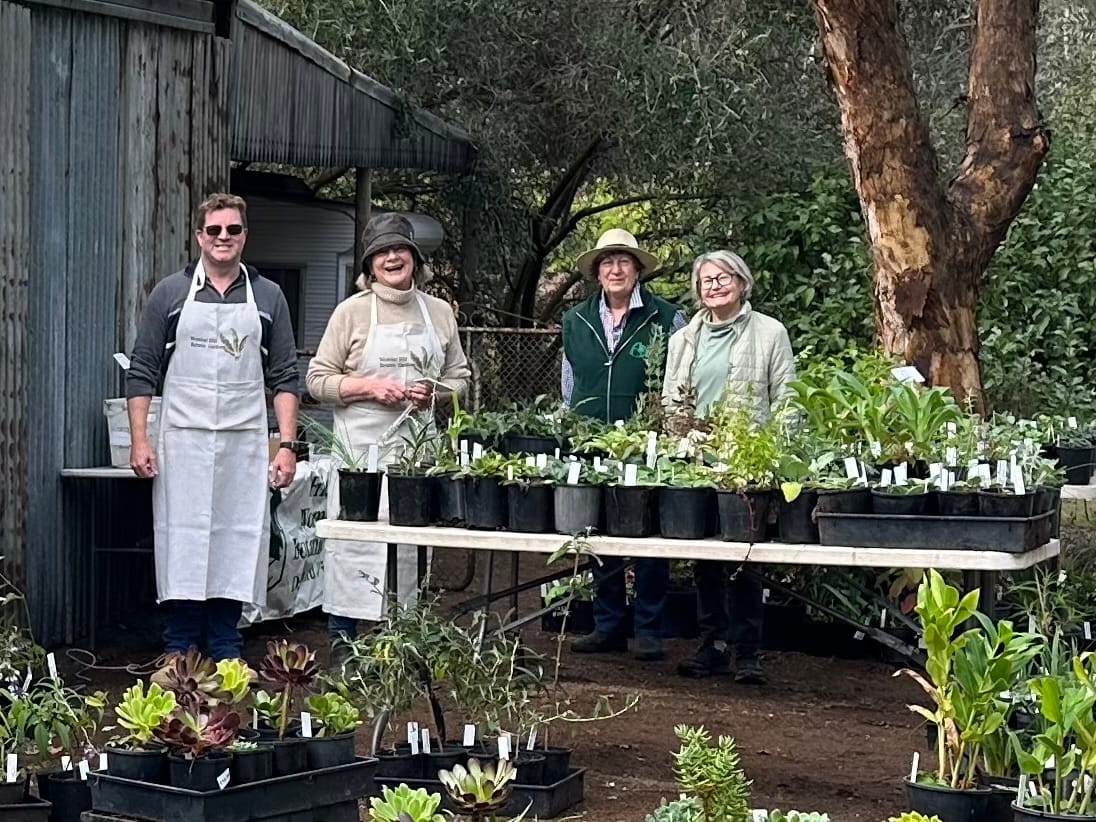
Catch up on Jeremy's previous stories here or find him on Instagram at @thestonescentralvictoria